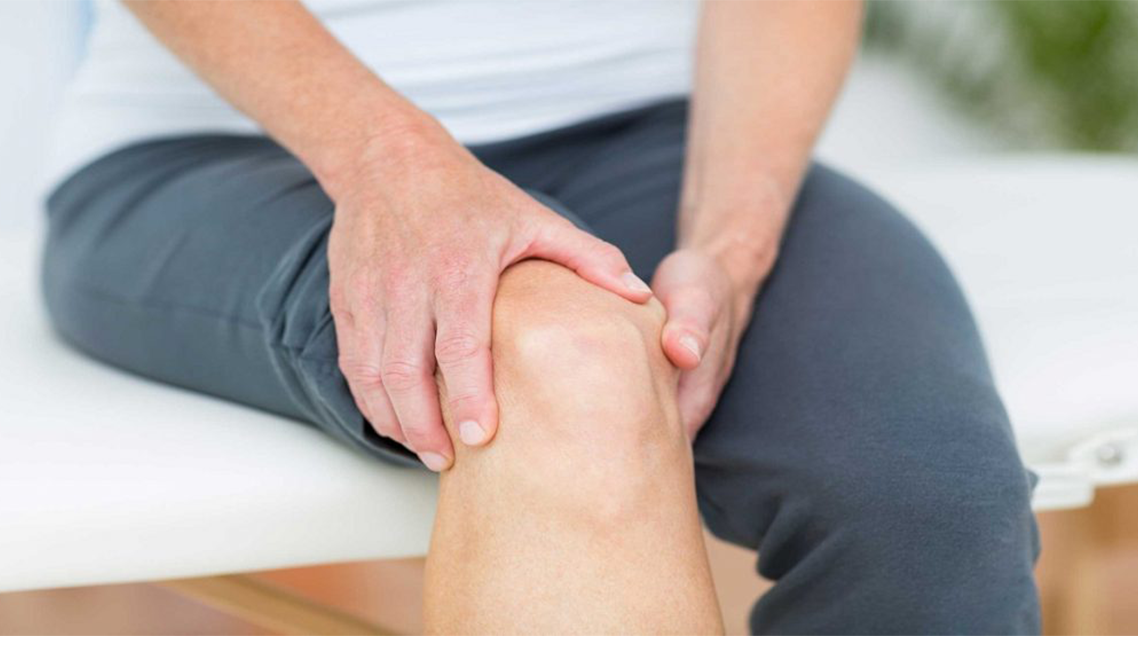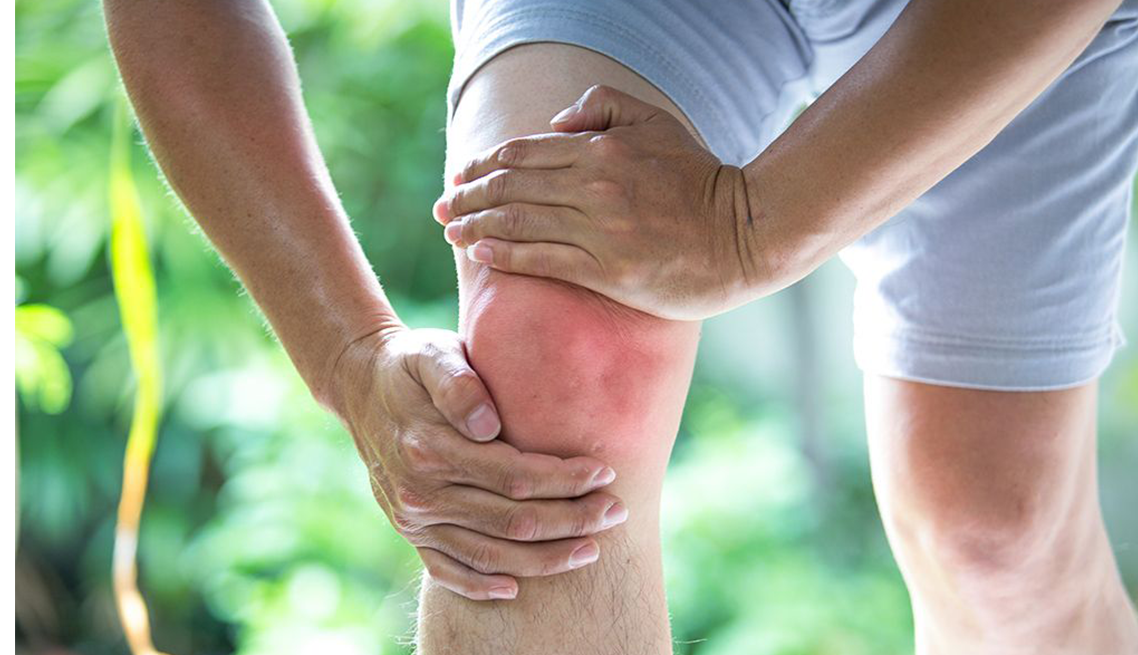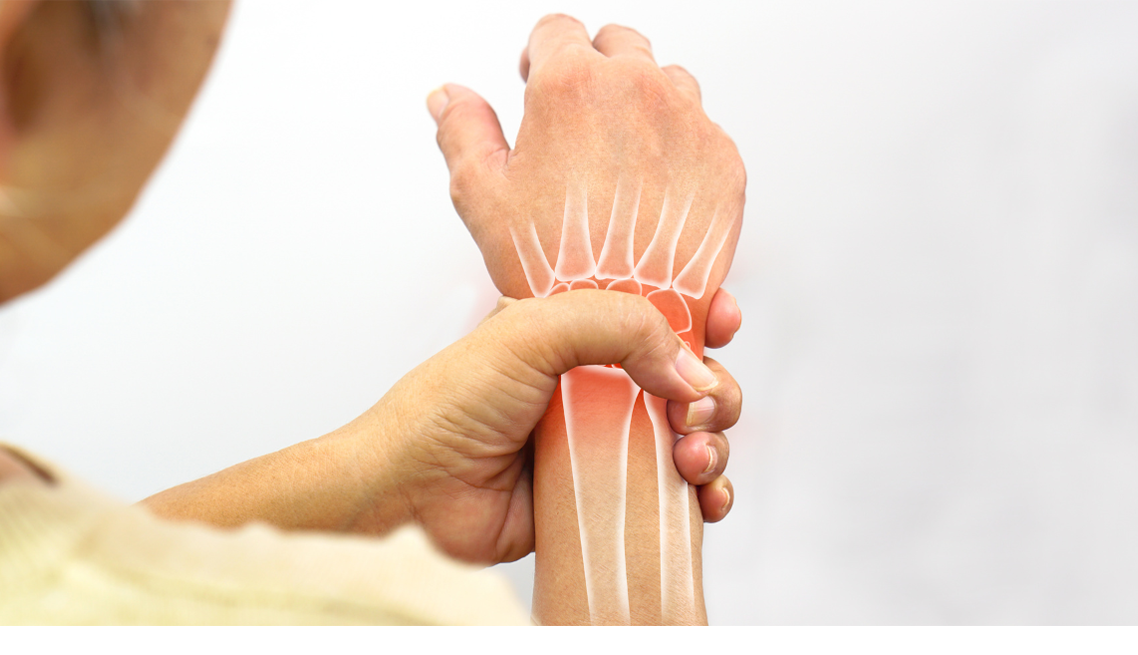Joint Pain Treatments
Joint pain, also known as arthralgia, can affect any part of the body, from the ankles and feet to the shoulders and hands. The pain can be constant or intermittent, and it may feel like a dull ache or a sharp, stabbing sensation. Joint pain can be caused by a variety of factors, including:
Common Causes:
Arthritis:
- Osteoarthritis: The most common form of arthritis, usually due to wear and tear of joints.
- Rheumatoid Arthritis: An autoimmune disorder where the immune system attacks the joints.
- Gout: Caused by the buildup of uric acid crystals in the joints.
- Psoriatic Arthritis: Occurs in some people with psoriasis.
- Ankylosing Spondylitis: A type of arthritis that affects the spine.
Injuries:
- Sprains
- Strains
- Fractures
- Dislocations
Infections:
- Viral infections (e.g., influenza, hepatitis)
- Bacterial infections (e.g., septic arthritis)
- Lyme disease
Other Conditions:
- Bursitis: Inflammation of the bursae, fluid-filled sacs that cushion joints.
- Tendinitis: Inflammation of the tendons.
- Lupus: An autoimmune disease affecting various parts of the body, including the joints.
- Fibromyalgia: A condition characterized by widespread musculoskeletal pain.
Symptoms Associated with Joint Pain:
- Swelling
- Redness
- Warmth
- Stiffness
- Reduced range of motion
- Fatigue
- Fever (in case of infection)



